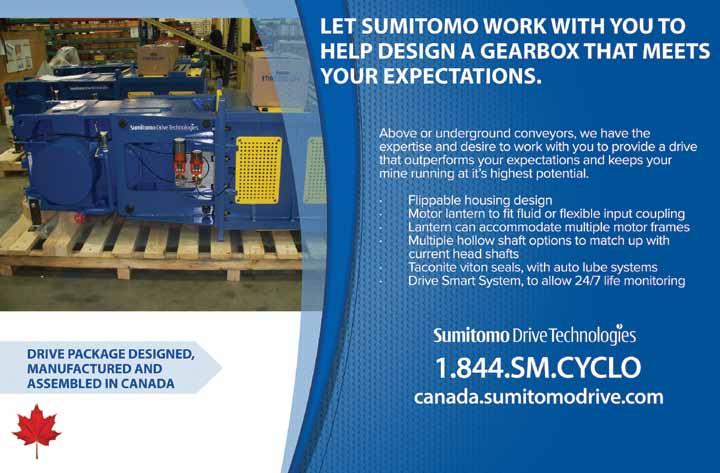
2 minute read
Experience pays (I mean it actually pays)
By Keith Sones, executive vice-president, Strategy & Business Development for Valard Construction
Iwas in a small meeting room when the epiphany occurred.
Several years ago, the company I worked for secured a contract to construct a transmission powerline to connect a small hydrogenerating station to the power grid. The construction manager and I were reviewing the project plans when a scowl spread across his face; his eyes focused intently on the drawings.
“Well, that’s no good,” he stated matter of factly.
“What do you mean?” I asked. “What’s no good?”
He pointed to two powerline towers on the paper. “Those,” he said, “this won’t work.”
I looked up at him, confused. “Why?”
He looked back at me, his owl-like stare drilling into me. He was one of those people that had been in the industry forever. His experiences are legendary. He didn’t suffer fools easily, but also believed in sharing his wisdom, so he patiently explained his thinking.
“See how these two towers are situated on the top of a hill? The engineer that designed this line probably thought he was saving the project some money by putting them on these rock bluffs and creating longer spans to get across this small valley. He could have used three instead and put them here, here and here,” he said, pointing at three other locations that weren’t on the rocky peaks. “But in his mind, two is cheaper than three.”
He paused, looking at me.
“So what’s the problem?” I replied. “Sounds like a good idea.”
“I’ve been up there, and this is the problem,” he said. “You can’t drive to those locations, so the two structures must be installed using a very expensive helicopter. If he had designed three towers instead and put them lower down, we could drive a truck right to the site. Cheaper, faster, safer. Those two towers are going to cost a lot more than using three, and a lot harder to maintain in the future as well.”
“Ah, got it.” And I did. “So why did he do it that way?” I asked.
“Because he hasn’t ever built anything,” he said. “He’s only designed things, so he didn’t understand the implications of what he thought was a good idea.” in his mind, this definitely fell into the “stupid questions and comments” category.
“Sounds like he should have asked you before he designed the powerline,” I replied.
“Ya think?” he said, his words dripping with sarcasm.
At that moment, it became abundantly clear to me: why would anyone do it any other way? I suddenly realized the problem might be much larger than I thought. How many other projects are in the same condition? Over the following number of years, i found out; plenty.
Fortunately, the fix is easy. i f you want to design a car, ask the drivers, mechanics and parts manufacturers for their thoughts before you design it. What works? What doesn’t? They know. Are you looking to design a bridge? Make sure the construction folks are in the room when you start drawing. You’ll save money and get things done faster and with fewer headaches.
Developing infrastructure is complex and requires a lot of experience and expertise to get it right, but it’s a whole lot easier when the right people are in the conversation.











